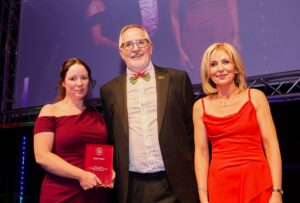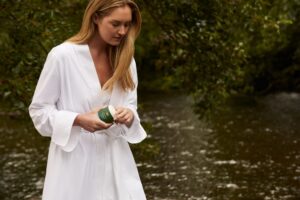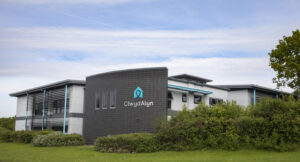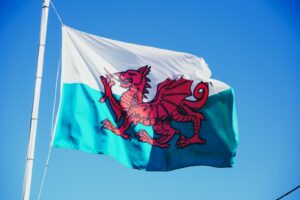Shakespearean favoured tree writes new story at nursery

A tree written into Shakespeare’s musing on love is enjoying a new chapter in Denbighshire.
Nearly 2,500 crab apple trees are telling a new story thanks to the work of the Council’s local provenance tree nursery at Green Gates Nature Reserve St Asaph.
Crab apples have long had a link with love and marriage throughout history. The apple pips were thrown into fires while saying the name of your true love, if they exploded that love was true. Celts burned the tree wood during festivals and fertility rites.
And William Shakespeare continued the crab apple’s theme of love by mentioning the tree in both A Midsummers Night Dream and Love Labours Lost.
Back to the present, this work by our Biodiversity Team at the nursery will provide a big boost for county biodiversity once the trees are given new homes in the ground.
Growing up to 10metres and lasting around 100 years the crab apple leaves provide a source of food for moths including pal tussock, gen pug and the eyed hawk moth.
“Its flowers are also a great early source of pollen and nectar for bees and other insects, “explained Tree Nursery Assistant Sam Brown.
He added: “All these seeds we have grown here were sourced across the county and they have taken really well at the nursery. Is just a massive source of food love for our nature, birds love the fruits and mice, voles and badgers are also known to enjoy feasting on the apples.
“Once they get to a stage when we can plant them outdoors, they will make such a difference to local biodiversity and will bring a lot of love to out countryside with their lovely flowering stages and great supply for food for all creatures great and small!”
Cllr Barry Mellor, Lead Member for Environment and Transport, said: “Growing trees takes time and it’s a credit to our Biodiversity team and the tree nursery volunteers that there are so many species of trees growing on site that are going out to tackle the impact of climate change for both residents and our local nature.”
This work has been funded by the Welsh Government, through the Local Nature Partnerships Cymru ENRaW project and Local Places for Nature grant.




